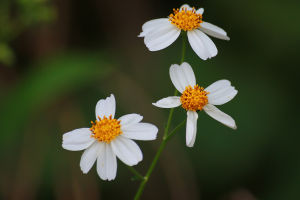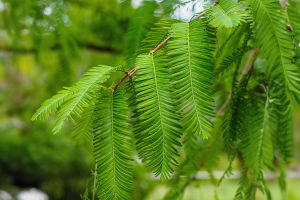Have you ever come across a plant whose mere presence fills the air with the inviting scent of spice and warmth? Well, that's exactly what Piper auritum, also known as blue pepper leaf or Mexican pepperleaf, offers.
This tropical beauty is native to Central America and has been cherished for centuries, not just for its aromatic leaves but also for its culinary versatility. Let's dive into the world of this fragrant wonder and explore how it's become an integral part of local life.
The Fragrance That Enchants
One of the most striking characteristics of Piper auritum is its unmistakable aroma. When you crush or bruise its large, broad leaves, an intense, peppery scent emerges that is both pungent and refreshing. Imagine the invigorating kick of freshly ground pepper mixed with herbal and floral notes. This makes it an incredibly valuable plant in kitchens across Mexico and Central America, where it is used to infuse flavor into a variety of traditional dishes.
Its scent is not just for cooking, though. The fragrance itself has made Piper auritum a popular ingredient in herbal medicine and aromatherapy. The unique aroma is thought to have soothing properties, which adds to the allure of this plant in both the culinary and wellness worlds.
Cooking with Piper Auritum: A Flavorful Tradition
In the heart of Mexico, Piper auritum is often referred to as "hoja santa" (holy leaf), and for good reason. It's a fundamental part of many traditional dishes, especially in the regions of Oaxaca and Veracruz. The leaves are commonly used to wrap food, especially meats and fish, infusing them with their bold, peppery flavor during cooking. The leaves are also used to season soups, sauces, and salsas, adding depth and complexity to the dish.
One particularly popular dish made with blue pepper leaf is mole, a rich, dark sauce that blends chiles, chocolate, and spices. The inclusion of Piper auritum brings a layer of flavor that makes the mole even more complex and flavorful. Its use isn't limited to just savory dishes either. In some regions, it's even added to desserts or beverages, showcasing the versatility of this plant.
The Growing Popularity of Piper Auritum
While Piper auritum has been part of the local food culture for centuries, its popularity is starting to spread beyond Central America. With the increasing global interest in exotic spices and ethnic cuisines, this fragrant plant has found its way into kitchens around the world. Its leaves are sold in markets, often dried or fresh, ready to be used in a wide range of culinary applications.
Moreover, the plant itself is easy to grow in tropical and subtropical climates, making it a great addition to home gardens, especially for those who appreciate bold flavors and unique ingredients. Even gardeners in non-tropical areas are starting to grow Piper auritum in pots, so they can enjoy the plant's vibrant green foliage and its aromatic leaves.
Health Benefits and Uses
Beyond its culinary uses, Piper auritum is also valued for its medicinal properties. In traditional practices, the leaves are used to treat a variety of ailments. The plant is believed to have anti-inflammatory and antioxidant properties, which can help support overall health. The leaves are often brewed into teas, which locals believe can help with digestive health, and may even have mild analgesic effects. However, as with any plant with medicinal properties, it is always best to consult with a healthcare professional before using it for medicinal purposes.
There are also reports of the plant being used in aromatherapy, where the leaves' scent is thought to promote relaxation and reduce stress. This multi-purpose plant, then, is not only an aromatic herb but a true symbol of the resourcefulness of nature.
A Plant with Cultural Significance
For the people of Mexico and Central America, Piper auritum holds cultural significance that goes beyond its culinary and medicinal uses. In many communities, this plant is seen as a gift from nature, often associated with rituals, festivals, and spiritual practices. Its symbolic value can be seen in its use during celebrations, where it is incorporated into festive meals, offerings, and ceremonial activities.
In addition to its cultural relevance, the plant's significance is also intertwined with the region's historical relationship with agriculture and natural resources. The way in which Piper auritum has been nurtured and passed down through generations speaks to the deep connection between local communities and the land they cultivate.
Conclusion: A Fragrant Legacy
As we look at Piper auritum, we see more than just a plant. We see a connection to history, culture, and the earth's natural bounty. This tropical beauty, with its peppery fragrance and culinary versatility, continues to be a beloved part of the culinary landscape in Central America. Its ability to add complex flavors to dishes, its potential health benefits, and its deep cultural significance make it a true treasure.
So, next time you encounter blue pepper leaf, whether it's in a Mexican mole or in a fragrant herbal tea, take a moment to appreciate its rich history and the magic it brings to the table. We might just find that this humble plant has more to offer than we ever imagined.


